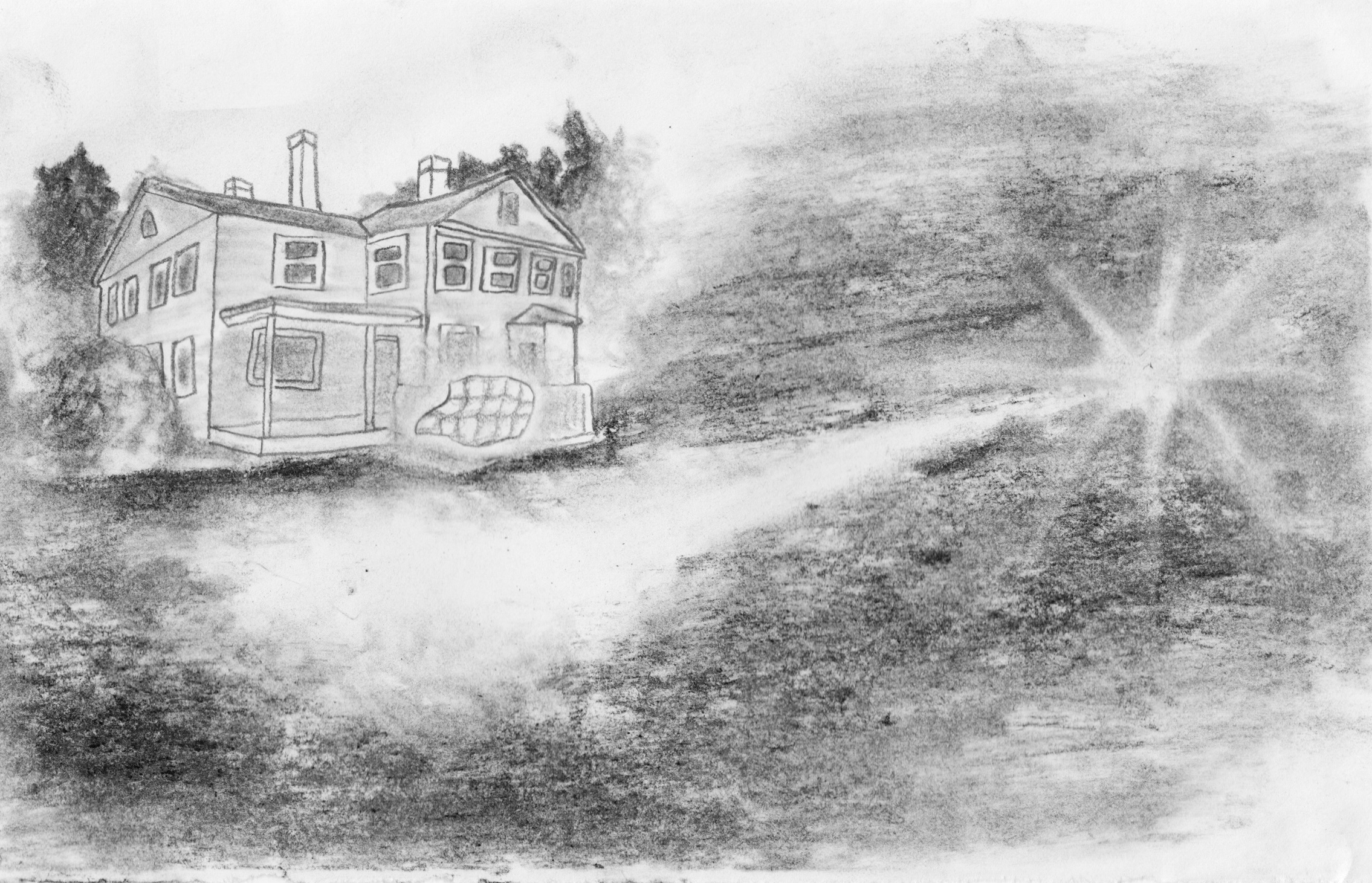Russwurm Center: a missing link in the Underground Railroad?
December 6, 2019
 Kyra Tan
Kyra TanIf you’re familiar with Bowdoin, you’re probably familiar with the Russwurm African American Center. This house was constructed in 1827 and named after John Brown Russwurm, an 1826 graduate of Bowdoin and the first African American to receive a Bowdoin degree.
While it now boasts the name of one of Bowdoin’s finest scholars, the building was formerly labeled as the Packard-Smyth House—a tribute to former Bowdoin Professor of Ancient Language and Classical Literature Alpheus Spring Packard and Professor of Mathematics William Smyth. Regardless of its name, this building has stood the test of time and been a part of nearly two centuries of American history. Its story goes far beyond sleepy Brunswick’s College Street and serves as a reminder that history can be found in the least likely of places.
As this house has survived hundreds of years of residency and academia, it has also survived centuries of hidden agendas. While sources cannot directly prove that the house was one of many stops on the Underground Railroad System, there is significant speculation regarding its role in housing escaped slaves during the Civil War.
One historical account states that, “[in] about 1980, my wife, while working at the Peary-MacMillan Arctic Museum, was shown a tunnel beneath the campus by a custodian at the College … from her description it seems to be similar to those I have seen in Topsham, [and] the Packard-Smyth House … [and] is thought to have been a part of this network of safehouses.” From this account, it becomes clear that not only is there proof of tunnels under Bowdoin’s campus, but there have also been accounts of the Russwurm Center’s very own building being utilized for an anti-slavery agenda.
And while the term “Underground Railroad” is oftentimes symbolic and does not actually mean that slaves were transported below the ground, certain paths in Maine were, in fact, underground. This same source explains that tunnels ran between several safehouses in Brunswick and Topsham, and some of these tunnels were actually wide enough to allow the comfortable passage of horse and buggy between their walls. So, when the author explains that the tunnels below campus resemble those in Topsham, he stipulates that perhaps Bowdoin’s tunnels served the same abolitionist purposes as well.
In addition, unpublished writings from William Smyth’s son lead readers to believe that many fugitives passed through their family’s home. Such writings explain that these men and women entered their home during the night and were gone by dawn, signaling a clandestine system. Smyth himself was also a self-proclaimed abolitionist who strongly believed in social justice, which further points to the likelihood of his home’s second use as a step in the Underground Railroad.
What makes this theory even more plausible is that several sources have commented on the undeniable existence of Underground Railroad systems not only in Maine, but specifically in Brunswick as well. Many slaves seem to have escaped through Portland before heading either up the coast toward Canada or further inland. Those who went through Brunswick could often rely on quilts hanging from the porches of houses to determine which homes were safehouses for runaway slaves, taking this route of escape due to its proximity to Canada.
So, whether the Russwurm Center did, in fact, physically provide safe passage for slaves from house to house or merely served as a place of acceptance and refuge, it is clear that this building has a rich abolitionist history. The Russwurm Center deserves to capture Bowdoin’s attention and we should always recognize and appreciate the tangled history surrounding us. Besides … who knows what else could be hiding on campus?

Comments
Before submitting a comment, please review our comment policy. Some key points from the policy: